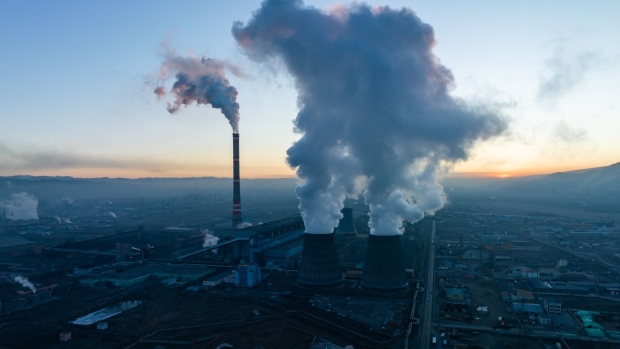Feb 21, 2024
China’s at Risk of Missing All Its Major Energy and Climate Goals for 2025
, Bloomberg News

(Bloomberg) -- China is at risk of missing all of its major energy and climate goals for 2025 after leaning on heavy industry and facing adverse weather last year.
Carbon emissions from the power sector jumped 5.2% in 2023 as lower rainfall and strong electricity demand required more coal burning, the Centre for Research on Energy and Clean Air said in a report published in Carbon Brief.
The country will now need even sharper pollution cuts to be able to reduce emissions per unit of gross domestic product by 18% through 2025, as pledged in its 14th five-year plan. The world’s largest polluter is also at risk of missing other targets, including reducing energy intensity, limiting the growth of coal power and boosting the share of clean electricity in the grid, said Lauri Myllyvirta, CREA’s lead analyst.
The good news is that China could still meet some of its 2025 goals and even hit peak emissions long before its 2030 target if “the momentum of clean energy installations is maintained,” Myllyvirta said. Last year the country installed record amounts of new wind and solar plants, and hydropower is picking up after the end of a historic drought.
Ironically, clean energy expansion may have played a small part in last year’s carbon growth, adding 1 percentage point to the total due to the energy required to manufacture batteries and solar panels at scale. Of course, they will deliver significant emissions reduction in the long run, Myllyvirta said.
The Chinese government recognizes it lags behind its climate goals. National Energy Administration Director Zhang Jianhua blamed the struggles on recent increase in demand, equivalent to adding a new UK every year to China’s energy consumption. Still, the country needs to urgently improve energy efficiency in order to meet its intensity goals, he said Sunday in a commentary in the official newspaper of the National Committee of the Chinese People’s Political Consultative Conference.
©2024 Bloomberg L.P.






